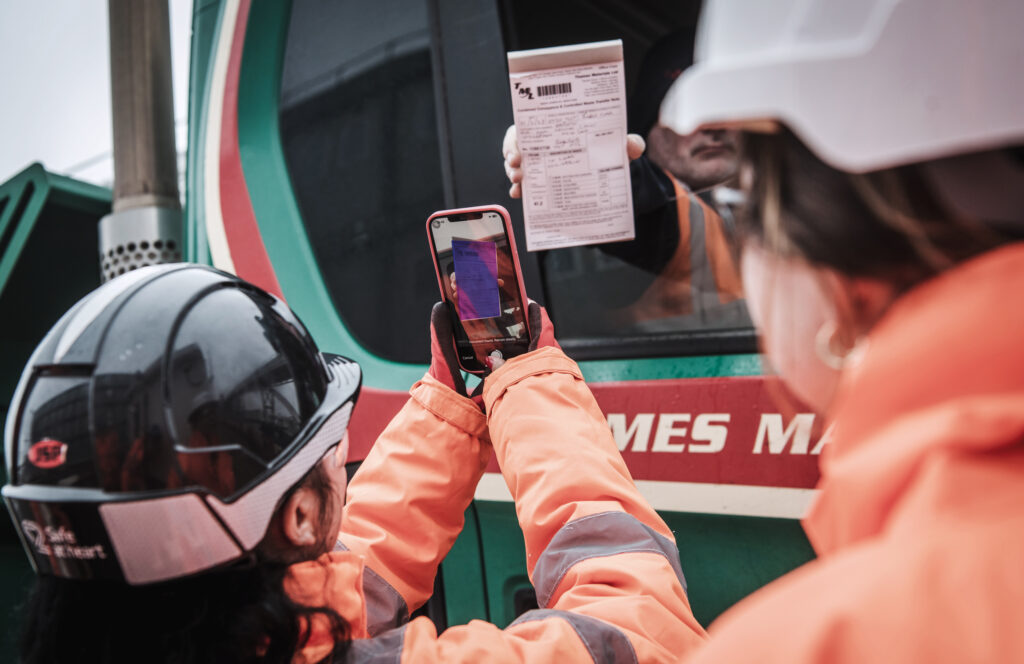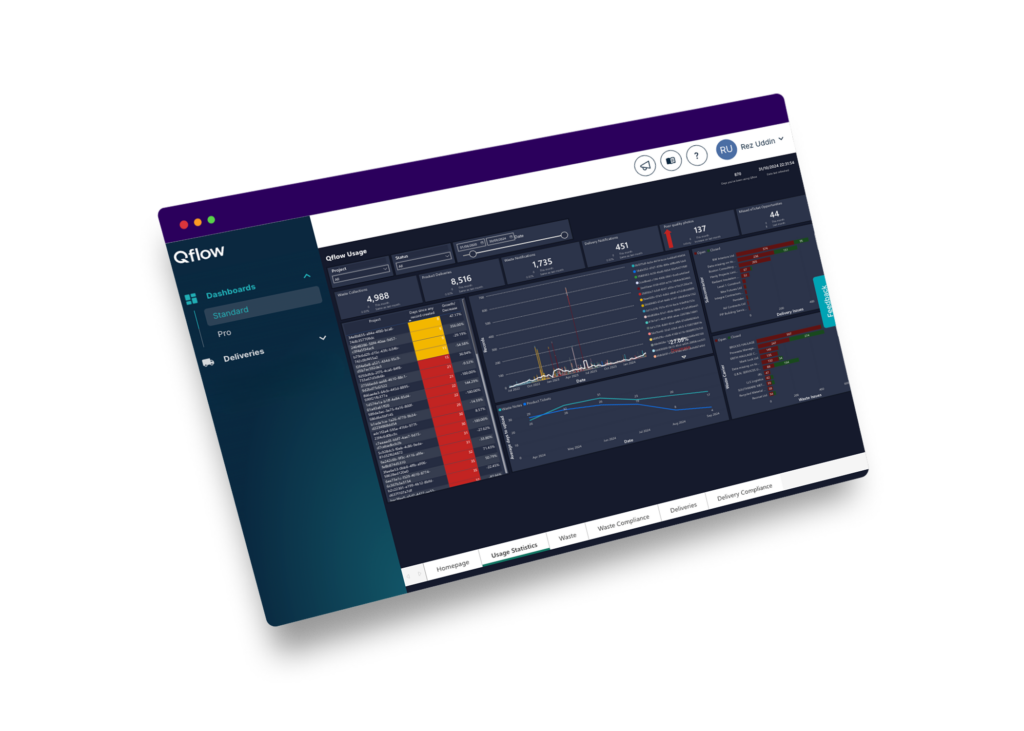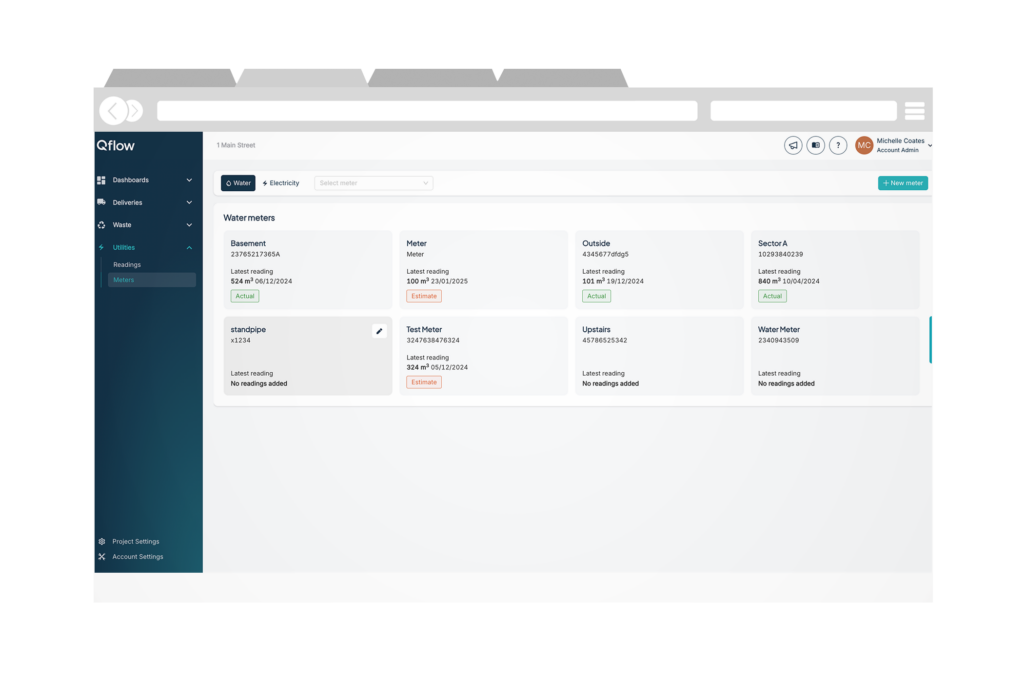LEED v5 has officially been approved by USGBC members—just in time to celebrate 25 years since LEED first launched. That’s right: a quarter century of green building, and now we’re stepping into the most ambitious version yet.
For those of us working to clean up construction (and make sustainability less of a checkbox and more of a culture), this is big. It’s smart, it’s stricter in the right ways, and yes, it’s going to take some adjustment. But if you ask us, it’s exactly the kind of bold, data-backed push the industry needs.
Why This Version Matters More Than Ever
Let’s be honest—construction is still a messy business. Materials, transport, energy use, water, emissions—it all adds up. And while LEED has helped move the needle for years, LEED v5 is ambitious in driving change like never before.
Peter Templeton, USGBC’s president and CEO, put it best: “LEED v5 provides a framework for how the built environment can tackle some of today’s most pressing challenges to our health, climate and communities.”
This isn’t just about putting a green sticker on a building. It’s about creating a pathway for buildings to make real, measurable contributions—from design through to operations—on decarbonization, quality of life, and restoring our ecosystems. That’s leadership in action.
What’s New in LEED v5? And What Does It Mean?
From updated material credits to stricter energy and water tracking during construction, LEED v5 is asking more of project teams—and rightly so. Here are some key shifts we’re paying attention to:
- Material Transport Emissions: Now you need to account for the carbon footprint of getting your materials to site.
- Temporary Utilities Tracking: Electricity, fuel, and water used during construction must be logged and reported.
- As-built Embodied Carbon: Projects need to report the carbon impact of installed materials based on verified Environmental Product Declarations (EPDs).
- Product Selection & Procurement: A focus on transparency and lower-impact choices.
- Less wiggle room: These requirements are stricter, requiring greater evidence, which we know it can be challenge for busy site teams.
So Where Does Qflow Fit In?
- LEED v5’s focus on real-world site data—how much water you use, how far your materials travel, what kind of fuel your equipment guzzles, which is exactly the kind of data our platform automates and tracks. Here’s how we help lighten the compliance load: Capture of material use and supplier certifications at point of delivery.
- Linking material receipts to specific product-level carbon data in EC3 or OneClickLCA.
- Aggregating total kg CO₂e per category, aligned with LEED reporting format.
- Providing a materials inventory with carbon intensities.

Material Transport Emissions
We capture delivery data directly from dockets or delivery receipts (snap a photo—done). Then we match it with fuel type, distance, and vehicle details (if available). This means you get real-time reporting on emissions, without multiple spreadsheets.

On-site Water and Electricity Use During Construction
Upload meter readings directly into the Qflow platform. We’ll extract and aggregate the data, track usage trends, alongside waste and material data for a complete picture.

Embodied Carbon of Installed Materials
Collecting EPDs and matching them to delivered products? We do that too. Plus, we’ll give you a full inventory by linking material receipts to specific product-level carbon data in EC3 or OneClickLCA.
What’s Next?
LEED has already certified over 15 billion square feet globally, and with LEED v5, it’s stepping into a new role: watchdog, teacher, and motivator for the next generation of high-performing buildings.
At Qflow, we’re here to help turn that ambition into action. We’re not just cheering from the sidelines—we’re in the trenches with you, trying to make compliance clearer, faster, and less painful.
These new compliance requirements for LEED v5 might seem overwhelming, but it’s also an opportunity—especially for teams already thinking ahead. We’re optimistic about the direction this is heading and proud to be part of the community making it happen.
In the meantime, if you’re wondering how Qflow can help with your next LEED project, let’s talk.
Contact us here | Reach out for a demo or chat with our team.

